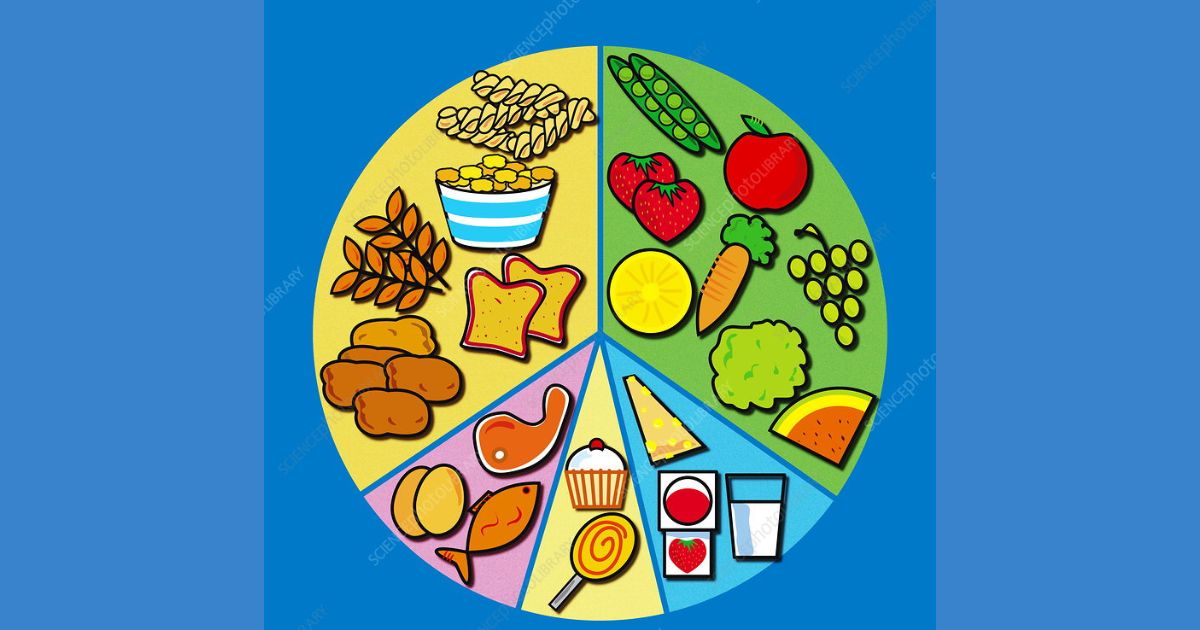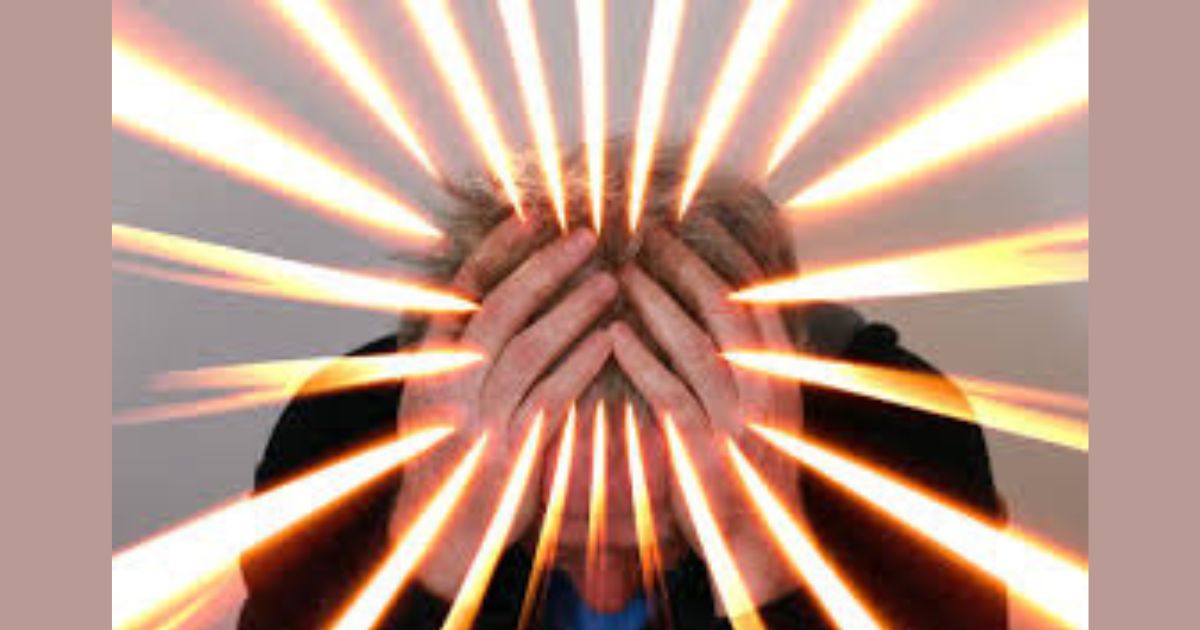As fall deepens into winter, the looming presence of Seasonal Affective Disorder (SAD) can cast a shadow on the well-being of many individuals. In this comprehensive report, we delve into the intricacies of SAD, shedding light on its symptoms, potential causes, and effective strategies to combat winter doldrums.
Unraveling The Impact Of Winter Doldrums
Seasonal Affective Disorder is not just a passing feeling; it’s a documented medical condition that significantly affects some individuals, typically during the late fall and winter months.
Among the key symptoms are depression, lack of energy, disrupted sleep patterns, carb cravings, and an overwhelming sense of hopelessness. The stress of the holiday season can further exacerbate these challenges for those grappling with SAD.
The Northeast Ohio Perspective:
In regions like Northeast Ohio, where winters are characterized by persistent cloudiness, the lack of sunlight becomes a prominent factor. The limited exposure to natural light during fall and winter may trigger chemical reactions in susceptible individuals.
While the exact cause is still under investigation, researchers are exploring the impact of reduced sunlight on neurotransmitters like serotonin and melatonin. Additionally, the notorious Vitamin D deficiency in Northeast Ohioans adds another layer of complexity, potentially complicating other health issues.
Dr. Dawn Potter, a clinical psychologist at Cleveland Clinic, highlights that younger people (18-30) and women are most at risk of developing SAD. Although SAD can manifest even in the summer months, statistics indicate that approximately 10% of Americans primarily experience it during the winter season.
Distinctive Symptoms of Winter SAD:
According to the National Institute of Mental Health, winter SAD can exhibit symptoms commonly associated with depression, along with specific winter-related indicators such as oversleeping (hypersomnia), overeating—often with a preference for carbohydrates leading to weight gain, and social withdrawal akin to “hibernating.”
Proactively addressing SAD involves a multifaceted approach. Experts recommend increasing exposure to natural light, even on cloudy days, as it can significantly boost mood. Regular exercise becomes a crucial ally, enhancing endorphin levels to counter the impact of SAD.
Staying socially connected is equally vital; post-holiday periods can be isolating, so maintaining connections with family and friends plays a pivotal role. Additionally, dietary choices play a role—prioritize vegetables to counterbalance carb cravings and support overall well-being.
As winter settles in, understanding the nuances of Seasonal Affective Disorder empowers individuals to navigate its challenges proactively. This comprehensive guide not only illuminates the various facets of SAD but also provides actionable insights to combat its effects.
By embracing strategies that focus on light exposure, exercise, social connection, and a balanced diet, individuals can better equip themselves to weather the winter blues and emerge resilient in the face of Seasonal Affective Disorder.








Leave a Reply
You must be logged in to post a comment.